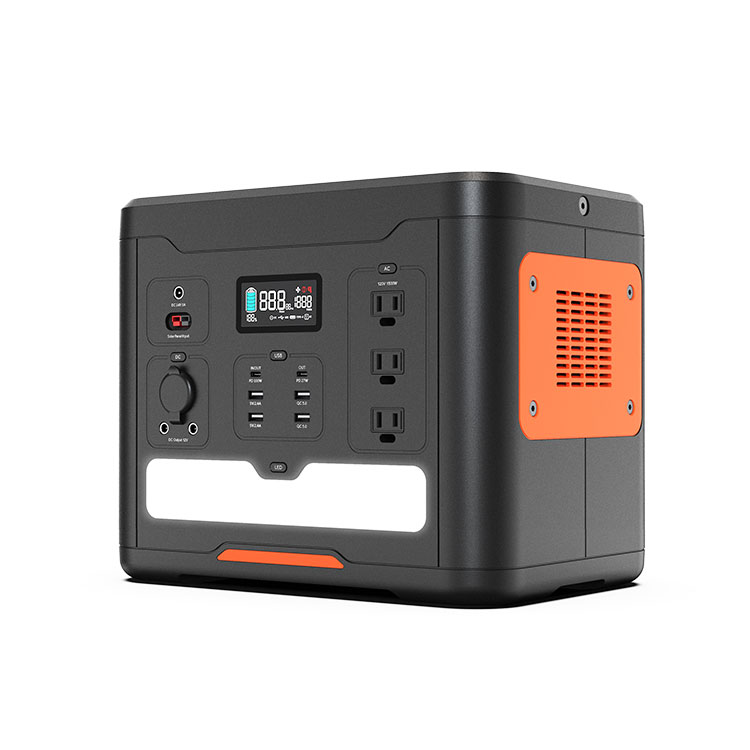Key features and components of a portable power station
2023-10-18
A portable power station, also known as a portable generator or power bank generator, is a compact and self-contained device designed to provide electrical power for various devices and appliances when you're away from a traditional power source. These devices are commonly used for outdoor activities, camping, emergencies, and as backup power sources for small appliances and electronics. Portable power stations typically consist of a battery, inverter, charging inputs, and multiple output ports.
Here are some key features and components of a portable power station:
1. Battery: The heart of a portable power station is its rechargeable battery. These batteries can vary in capacity, with options ranging from small power banks with capacities measured in watt-hours (Wh) to larger units with capacities in kilowatt-hours (kWh). The battery stores electrical energy that can be used to power devices and appliances.
2. Inverter: Most portable power stations are equipped with an inverter that converts the DC power stored in the battery into AC power, typically 120V AC in the United States or 230V AC in many other countries. This allows you to use standard household appliances and electronics that require AC power.
3. Input Charging Ports: Portable power stations can be recharged using various methods, including wall outlets, car cigarette lighter sockets (12V DC), and solar panels. These input ports allow you to replenish the energy stored in the battery, making the power station versatile and capable of being charged in different situations.
4. Output Ports: Power stations come equipped with multiple output ports to accommodate various types of devices. Common output ports include:
- AC outlets: Standard household outlets for devices that require 120V AC power.
- USB ports: For charging smartphones, tablets, and other USB-powered devices.
- DC ports: Typically used for 12V DC appliances or accessories, such as portable refrigerators or fans.
- USB-C ports: Increasingly included for charging modern devices with USB-C connections.
5. Display and Controls: Many portable power stations feature an LCD screen or LED display that provides information about battery status, input/output power, and other relevant data. User-friendly controls allow you to operate and monitor the device easily.
6. Handles and Mobility: Portable power stations often come with built-in handles or carry straps, making them easy to transport. Some larger units may include wheels and telescopic handles for added mobility.
7. Safety Features: These devices often include safety features like overload protection, over-temperature protection, and short-circuit protection to ensure safe and reliable operation.
Applications of portable power stations include:
- Camping: Power lights, charge devices, run small appliances, and power camping equipment.
- Outdoor Events: Provide power for outdoor parties, tailgating, and entertainment.
- Emergency Backup: Keep essential appliances and devices running during power outages.
- Remote Work: Power laptops, monitors, and communication devices when working in remote locations.
- DIY and Construction: Use power tools and charge batteries on job sites without access to power outlets.
The choice of a portable power station depends on your specific power needs, whether you need to charge small devices, run larger appliances, or have a reliable backup power source for emergencies. Be sure to consider the capacity (measured in watt-hours), the number and type of output ports, and the recharging options when selecting a portable power station to meet your requirements.



